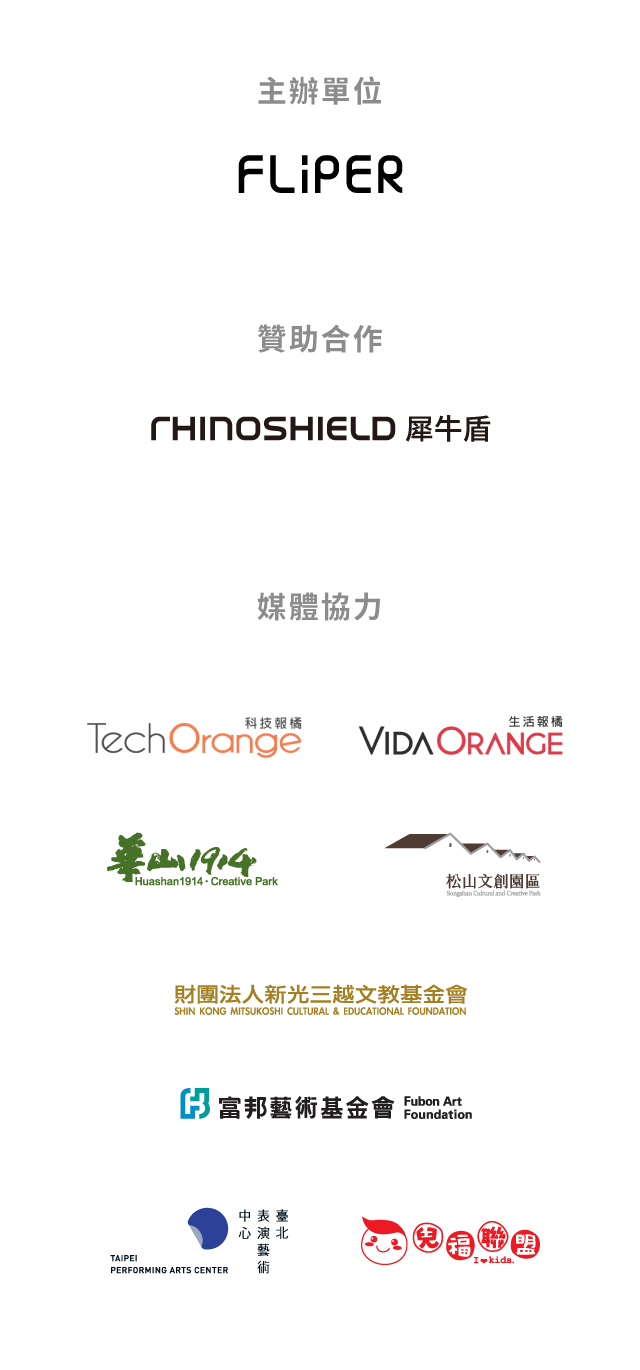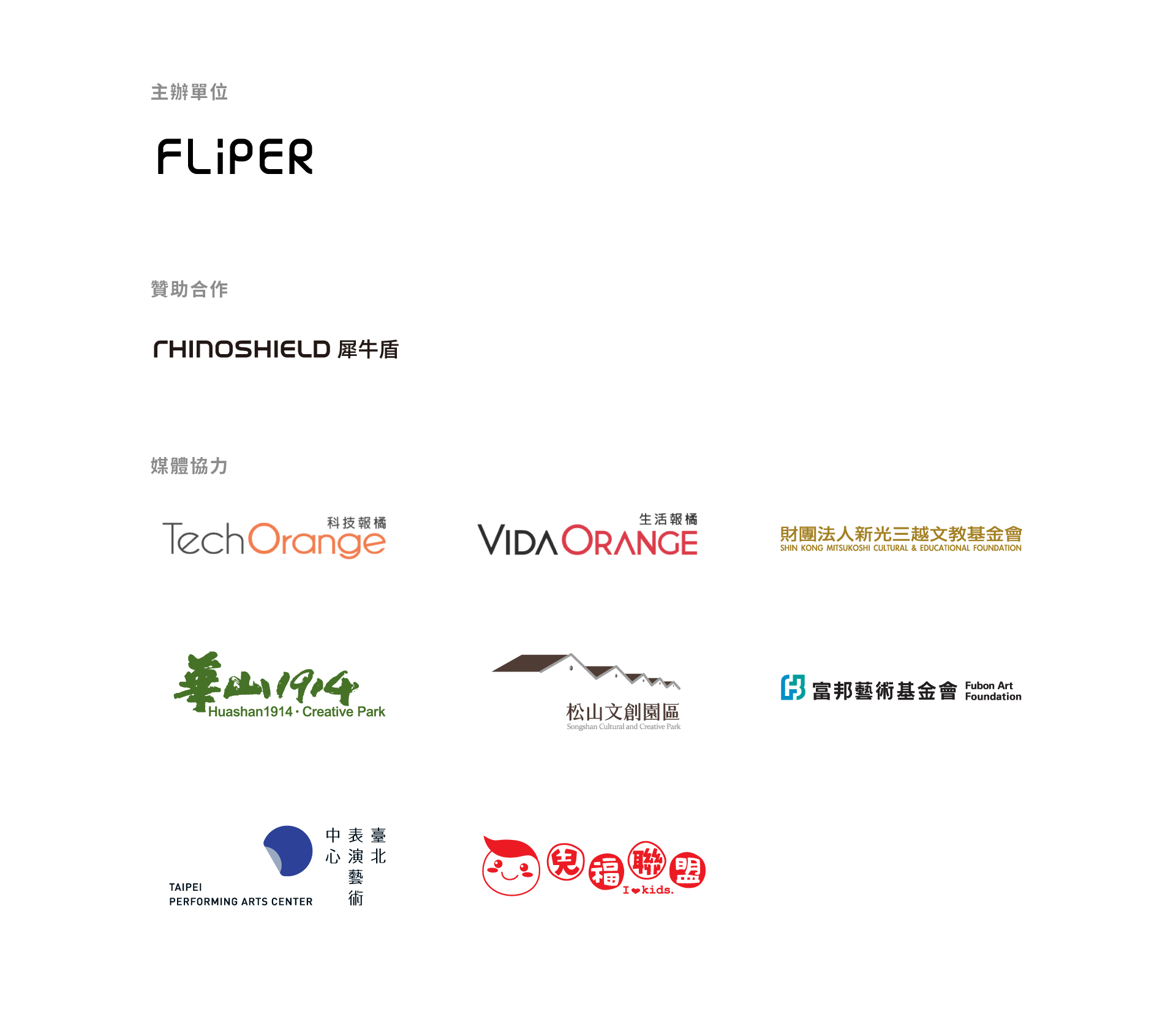從復健觀察中了解到行走項目是無輔具,全靠著幫助者(復健師)的經驗在進行。對幫助者而言,初次嘗試會有許多問題,像是抓不準力道、位置...;而對於復健者,這段過程是極度不舒適,他們的復健體驗完全被掌握在別人手上。這些問題會間接衍伸出其他的影響,如彎腰駝背等。
利用穿戴的配備來改變行走復健的形式,幫助者可清楚知道提拉位置且好操作,相對原本方式更有效果;復健者的舒適感提高,且在背部的區塊可引導行走的正確姿勢(抬頭挺胸)。
From the rehabilitation observation, I founded that the walking program is assistless, and it’s only based on the experience of the helper (rehabilitation division). To helpers, there are many problems while the first attempt like they can’t know where to grab or the force, etc. On the other hand, to users, they don’t feel comfortable during the progress, further, this would indirectly lead to other effects, such as slouching.
Using wearable devices to change the form of walking rehabilitation, to make helpers know the pulling position and easy operation, which is more effective than the original method. Despite helpers, rehabilitation of the feeling is improved, and the back area can guide the correct posture for walking. (keeping the back straight)
親身體驗中風患者與幫助者在復健中的情形。患者在被提拉的過程中非常的不舒適,且傳統的輔助方式沒有注重他們的自尊、心理;輔助者在初次嘗試時會不清楚正確的提拉位置以及施力大小。
Experience the situation of stroke patients and helpers in walking rehabilitation. The patient feel uncomfortable during being lifted, and the traditional assistive methods did not pay attention to their self-esteem and psychology; the assistant would not know the correct lifting position and the amount of force applied during the first attempt.
Experience the situation of stroke patients and helpers in walking rehabilitation. The patient feel uncomfortable during being lifted, and the traditional assistive methods did not pay attention to their self-esteem and psychology; the assistant would not know the correct lifting position and the amount of force applied during the first attempt.

主要由幫助者從背後提拉,提供外力輔助使用者復健。不需以抓住患者衣褲來進行動作,一方面大幅減少使用者的不舒適感,另一方面讓幫助者可快速、準確找到提拉位置。
Helpers pull the assistive device behind to provide external force to assist users in doing the rehabilitation. There is no need to move by grasping the patient's clothes; on the one hand, it dramatically reduces the discomfort of the user. On the other hand, the helper can quickly and accurately find the lifting position.
Helpers pull the assistive device behind to provide external force to assist users in doing the rehabilitation. There is no need to move by grasping the patient's clothes; on the one hand, it dramatically reduces the discomfort of the user. On the other hand, the helper can quickly and accurately find the lifting position.




腹部位置分為上中下三區塊縫製,為以防裝置因使用而鬆掉或是脫落。
The position of the abdomen is divided into the upper, middle, and lower three sections to sew, in order to prevent the device from loosening or falling off due to use.
The position of the abdomen is divided into the upper, middle, and lower three sections to sew, in order to prevent the device from loosening or falling off due to use.


































